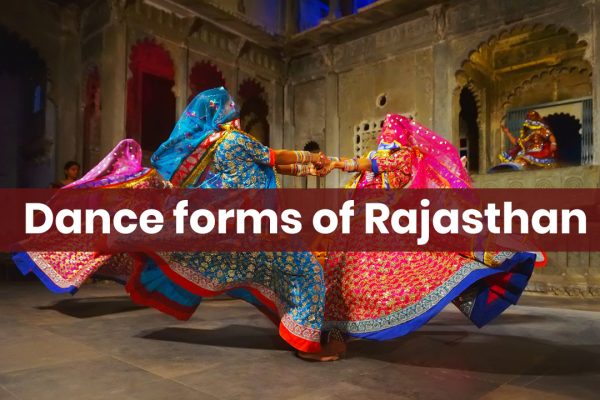Posted inHistory and Culture
Information about dance forms from Rajasthan
Dancing to the Heartbeat of Rajasthan’s Heritage! Yesterday was international dance day and while scrolling the internet I realized that we are in times when western dance forms are becoming…
